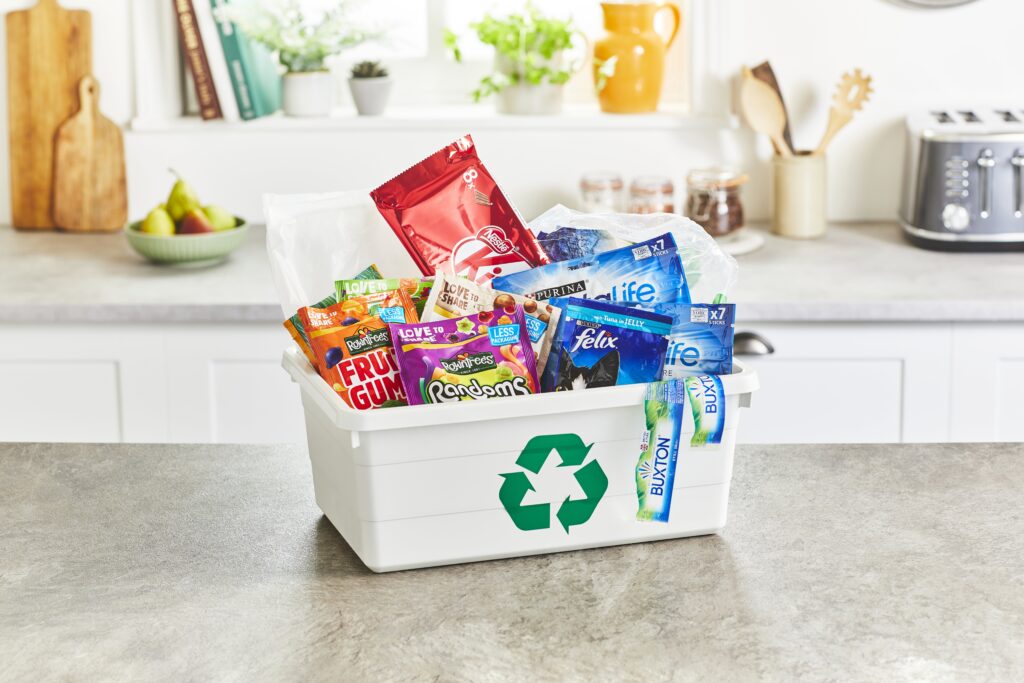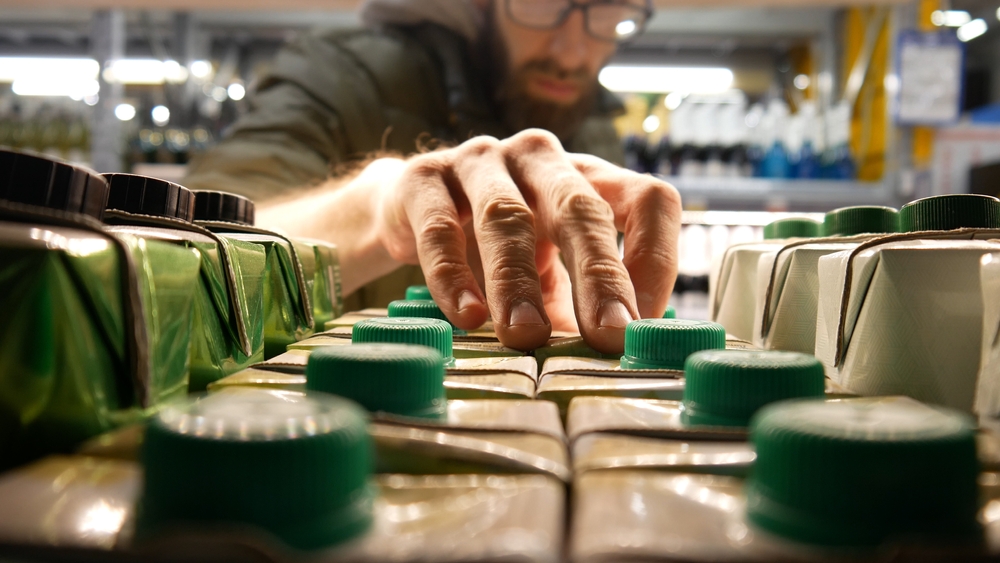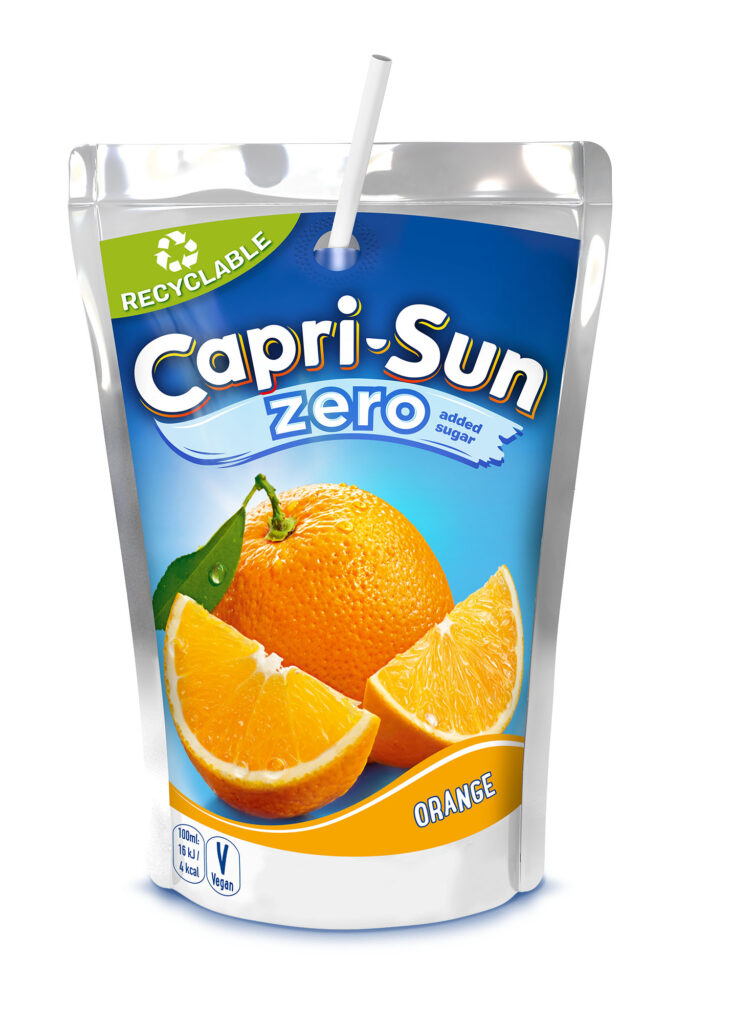The comments come following the release of the 2018 Q4 packaging data, published on the National Packaging Waste Database (NPWD) website this week.

The provisional data has suggested that each individual packaging material target for the year had been met. However, the data has also indicated that the overall amount of ‘carry over’ brought forward into 2019 for paper, steel and plastic sits at a lower level than at 12 months earlier.
As seen in the table below, each material looks to have hit the 2018 obligation, with paper, wood and glass achieving the highest surplus.

The 156,000-tonne surplus for paper is more than 90,000 tonnes lower than it was in 2017, with plastic and steel also both achieving a 50,000 and 15,000 tonne drop from 2017 levels.
Surplus
Commenting on the figures, Robbie Staniforth, head of policy at Ecosurety, explained that while he is ‘pleased’ that the figures show the UK has met its 2018 packaging targets, 2019 is less certain.
“We come into the year with a lower surplus than last year for paper, steel and plastic. With targets continuing to increase over the next few years, this indicates that the UK may again struggle to meet targets for these materials.”
He added: “The outlook is much rosier for glass, aluminium and wood. The high prices through 2018 seem to have stimulated a much higher excess in PRNs. These high prices have genuinely supported UK businesses, and delivered greater recycling in these materials. The reliance on the export market means the same cannot be said of paper, steel and plastic. Therefore, we will continue to support additional reprocessing capacity in these materials through the course of 2019.”
‘As expected’
Echoing this was Sarah Foster, commercial manager at the producer compliance scheme Comply Direct, she explained that the figures were largely as expected.
“In line with expectations, there are broadly modest levels of carry over PRNs in to 2019. With higher targets across all materials, this year is set to be challenging.”
Sarah Foster
Comply Direct
Ms Foster said: “In line with expectations, there are broadly modest levels of carry over PRNs in to 2019. With higher targets across all materials, this year is set to be challenging. A positive set of numbers for Q1 2019 will be welcomed and will be the next stress test as to how the UK is really performing against the higher recycling targets when mapped against the actual 2019 obligation data.”
Ms Foster added: “With rising PRN costs and the current consultations, it has never been more important for producers to have an in depth understanding of the packaging they place on the market.”
Targets
The government confirmed in its Spring 2017 budget what the targets would be up until 2020 (see letsrecycle.com story)
Commenting on the future outlook, Paul Van Danzig, sales and marketing director at Wastepack, added: “It is encouraging to see that enough PRNs were generated from recycling and recovery activities to enable all obligated producers to meet their packaging waste obligations. Clearly the rise in the cost of PRNs last year enabled recyclers and exporters of waste packaging to continue to operate in increasingly tight markets and ensure that all targets were met.
“However, there is concern regarding the carry-over of some PRNs into 2019. Traditionally we have relied on carry over PRNs to meet the following year’s targets, and whilst some materials show an increase when compared to carry over into 2018, other materials, such as plastic have shown a large decrease. We won’t know the full effect of these decreases until the UK’s obligation is published after April, but these early indicators suggest ‘that the job of meeting the 2019 recycling and recovery targets isn’t going to get any easier.”
“By design, the money generated from PRNs should be used to increase reprocessing and export, enabling the UK to meet its recycling obligations. And for some grades, such as wood, this seems to have been the case in 2018.”
Martin Trigg-Knight
Clarity Environmental
Also commenting on the results was Martin Trigg-Knight, packaging compliance scheme manager, at Clarity Environmental, who said: “By design, the money generated from PRNs should be used to increase reprocessing and export, enabling the UK to meet its recycling obligations. And for some grades, such as wood, this seems to have been the case in 2018.
He continued: “Less straightforward is the plastic situation. Despite the difficulties being encountered by exporters, plastic performed at around the same level in January this year as in the same month in 2018. This suggests a good response to the high plastic PRN price in Q3 and Q4 last year, encouraging recycling in the face of export problems. However, with a deficit of 51,000 tonnes, the performance of plastic needs to improve further this year, as almost all of the carry-over was required to reach the 2018 target. Plastic will remain one material to watch in 2019.”













Subscribe for free